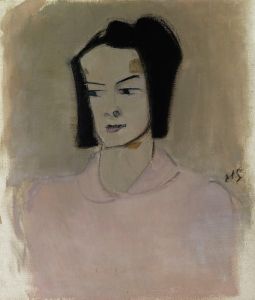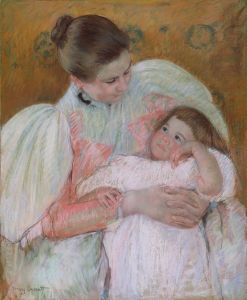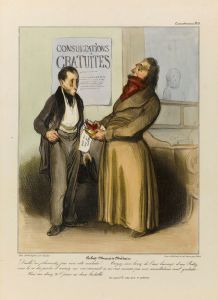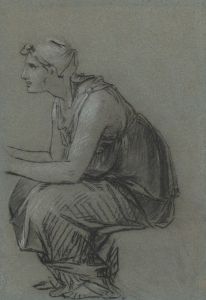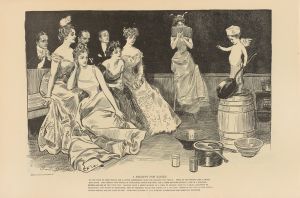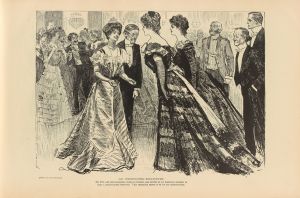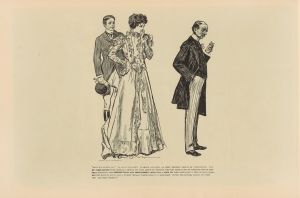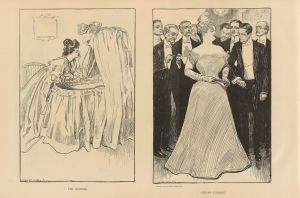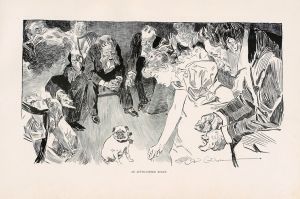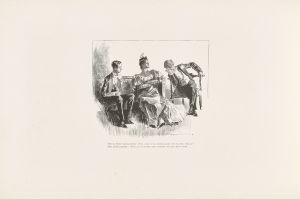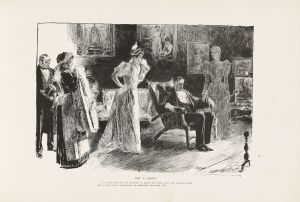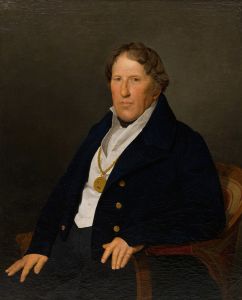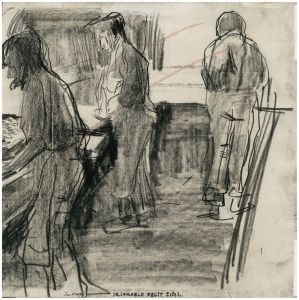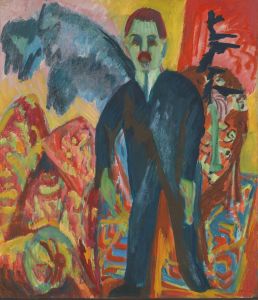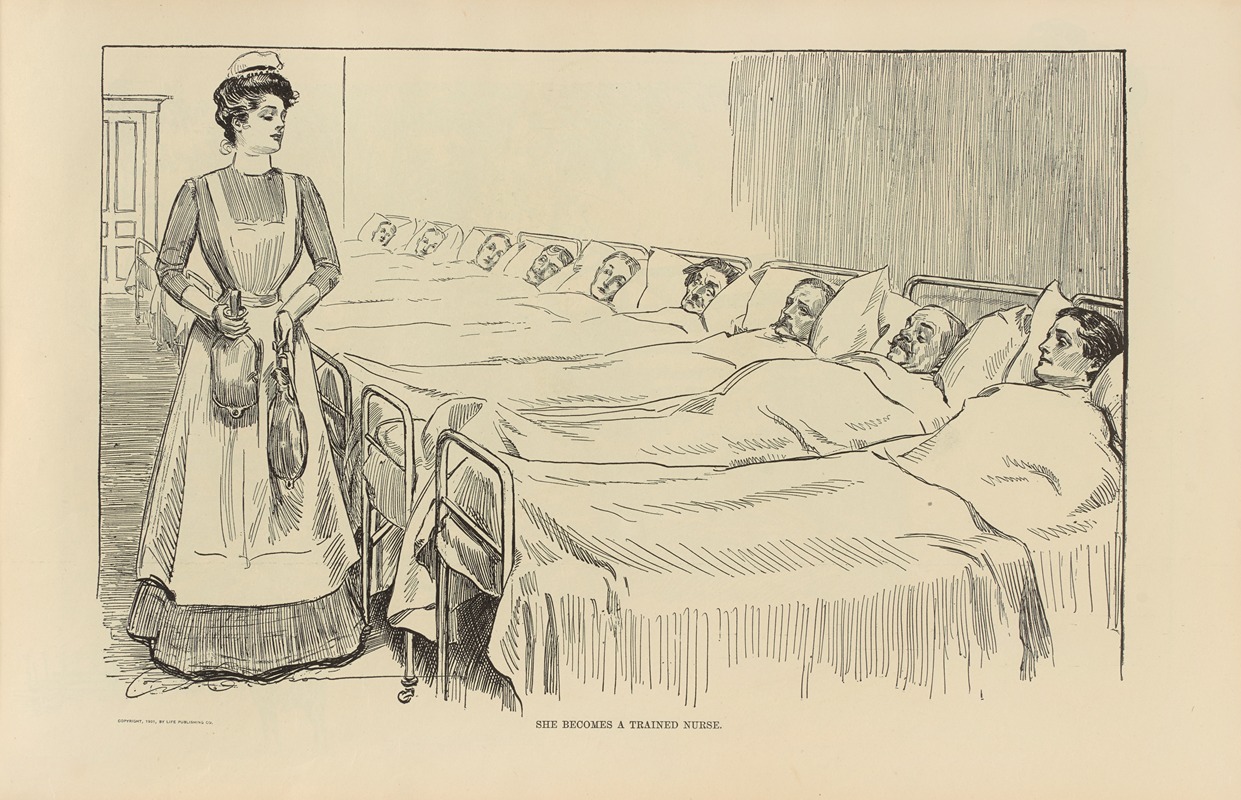
She becomes a trained nurse
A hand-painted replica of Charles Dana Gibson’s masterpiece She becomes a trained nurse, meticulously crafted by professional artists to capture the true essence of the original. Each piece is created with museum-quality canvas and rare mineral pigments, carefully painted by experienced artists with delicate brushstrokes and rich, layered colors to perfectly recreate the texture of the original artwork. Unlike machine-printed reproductions, this hand-painted version brings the painting to life, infused with the artist’s emotions and skill in every stroke. Whether for personal collection or home decoration, it instantly elevates the artistic atmosphere of any space.
Charles Dana Gibson was an influential American illustrator, best known for creating the iconic "Gibson Girl," a representation of the idealized American woman at the turn of the 20th century. His illustrations were widely published in magazines such as Life, Harper's Weekly, and Scribner's, and they played a significant role in shaping American popular culture during that era.
One of Gibson's notable works is "She Becomes a Trained Nurse," which is part of his extensive collection of illustrations that depict various aspects of contemporary life and social roles. This particular illustration reflects the growing presence and importance of women in professional fields during the early 1900s, a time when societal norms were gradually shifting to allow women more opportunities outside the domestic sphere.
The illustration captures the essence of the Gibson Girl, characterized by her poise, confidence, and independence. The Gibson Girl was not just a fashion icon but also a symbol of the evolving role of women in society. In "She Becomes a Trained Nurse," Gibson portrays a woman who has taken on the professional and demanding role of a nurse, a career that was becoming increasingly respectable and necessary, especially in the context of the growing healthcare needs of the time.
During the late 19th and early 20th centuries, nursing was undergoing significant professionalization. The establishment of nursing schools and the formalization of training programs were part of a broader movement to improve healthcare standards and provide women with viable career paths. This period saw the rise of notable figures such as Florence Nightingale, who had earlier set the foundation for modern nursing practices. By the time Gibson created this illustration, nursing had become a symbol of both compassion and professionalism.
Gibson's work often highlighted the changing roles of women, and "She Becomes a Trained Nurse" is a testament to this theme. The illustration not only depicts a woman in a professional setting but also emphasizes her competence and dedication, qualities that were increasingly being recognized and valued in women during this era.
The impact of Gibson's illustrations, including "She Becomes a Trained Nurse," extended beyond art and fashion; they contributed to the broader discourse on gender roles and women's rights. By portraying women in diverse and empowered roles, Gibson helped to challenge and redefine the traditional perceptions of women's capabilities and societal contributions.
In summary, "She Becomes a Trained Nurse" by Charles Dana Gibson is a significant work that reflects the evolving role of women in the early 20th century. Through his illustration, Gibson not only captured the spirit of the Gibson Girl but also contributed to the cultural dialogue on women's expanding roles in professional and public life.





